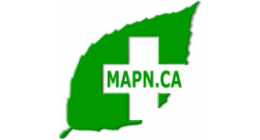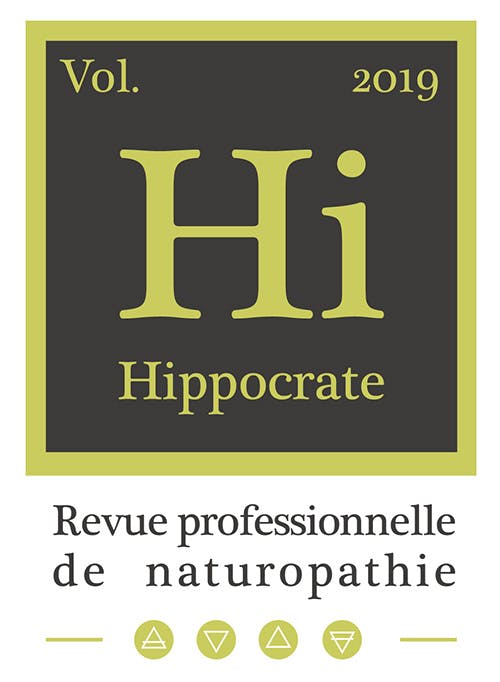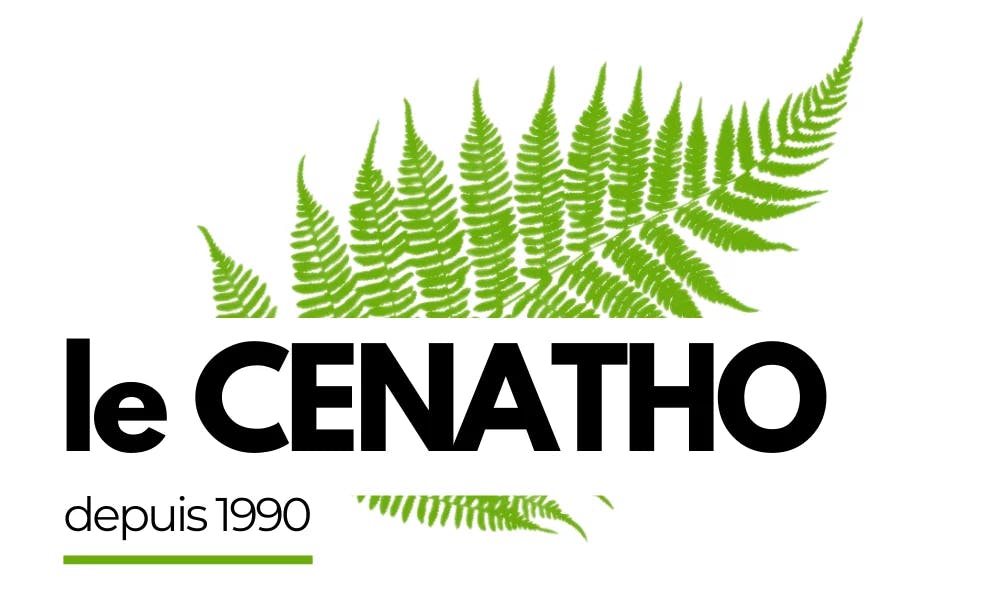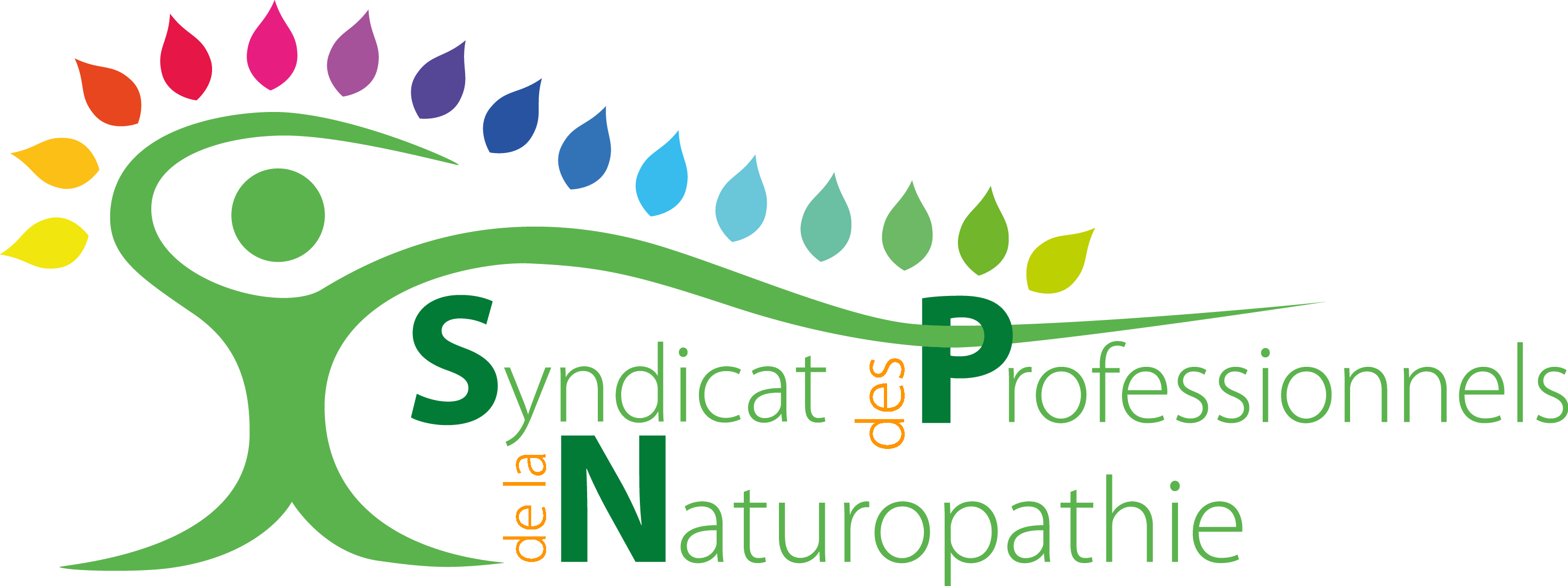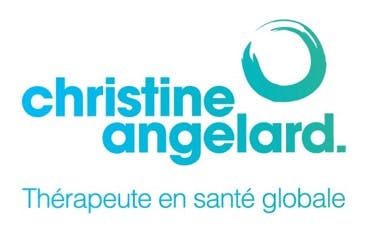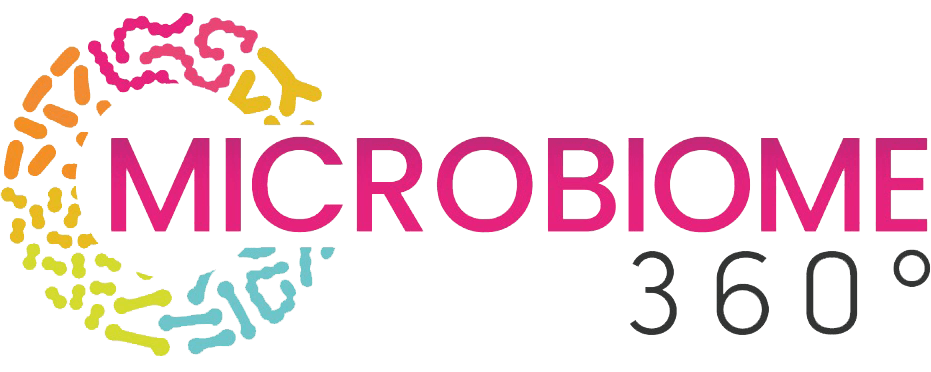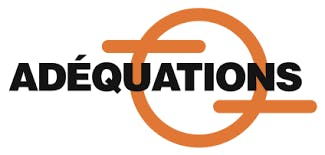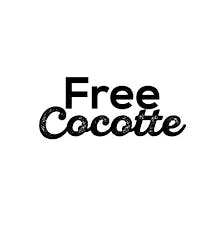The Gardelle method: Differential Thermotherapy?

This therapeutic technique involves the simultaneous application of cold and hot compresses to specific areas of the body, depending on the condition being treated.
For example, in the case of a brain tumor, a cold compress is placed on the head while a hot compress is applied over the liver region. For gangrene, the cold compress is applied to the affected area, while the hot compress is placed on the abdomen. Recommended temperatures are 10 to 13 °C (50 to 55 °F) for the cold and 40 to 44 °C (104 to 111 °F) for the hot compress.
Developed by Pierre Gardelle, a physiotherapist and naturopathy enthusiast, this method has proven effective especially for stroke sequelae—even severe cases—helping patients regain some autonomy. It has also shown good results in cases of aphasia, hemiplegia, lower back pain, and migraines.
Accessible and requiring minimal equipment, the method does demand that patients remain immobile for several hours, which can be challenging.
Principles of Action
Activation of defenses and cellular cleansing
The locally applied cold stimulates leukocytes and lymphocytes by promoting circulation and the elimination of waste products (clots, purines) in the injured area.
Thermal regulation and drainage
The hot compress placed on a major circulation center—the liver—helps maintain the body's thermal balance and supports lymphatic drainage. Small skin eruptions (such as pimples or abscesses) may appear in this area, indicating the cleansing process.
Pierre Gardelle even believed that Alzheimer’s disease was linked to an accumulation of purines in brain cells and recommended regular brain cleansing using this method as a preventive measure.
Technique
Classic method
Dip a towel in cold water (10 °C / 50 °F) and apply it to the area to be treated; another towel soaked in warm water (40 °C / 104 °F) is placed over the liver region. These compresses are replaced every 3 to 7 minutes. Sessions generally last 8 hours and require two people to change the compresses.
Simplified method
Ice packs replace towels on the treatment area (with a protective cloth), and a hot water bottle is placed on the abdomen, reducing session time to 3 to 4 hours per day. Cold compresses should generally not be placed on the abdomen, except in specific cases (e.g., appendicitis).
Main Indications
Migraines: Cold on the head, hot on the liver, 2 hours (renewable).
Stroke sequelae: Cold on the head, hot on the liver, 4 hours per day.
Brain tumors: Same protocol as stroke, until resolution.
Alzheimer’s (prevention): Cold on the head, hot on the liver, 3 hours, twice a week.
Capsulitis: Cold on the shoulder, hot on the liver, 2 hours.
Lower back pain (lumbago): Cold on the lower back, hot on the feet, 3 hours.
Gangrene: Cold on the affected area, hot on the liver and opposite foot, continuously.
Leg paralysis: Cold on sacro-lumbar area, hot on the liver, 4 hours per day.









